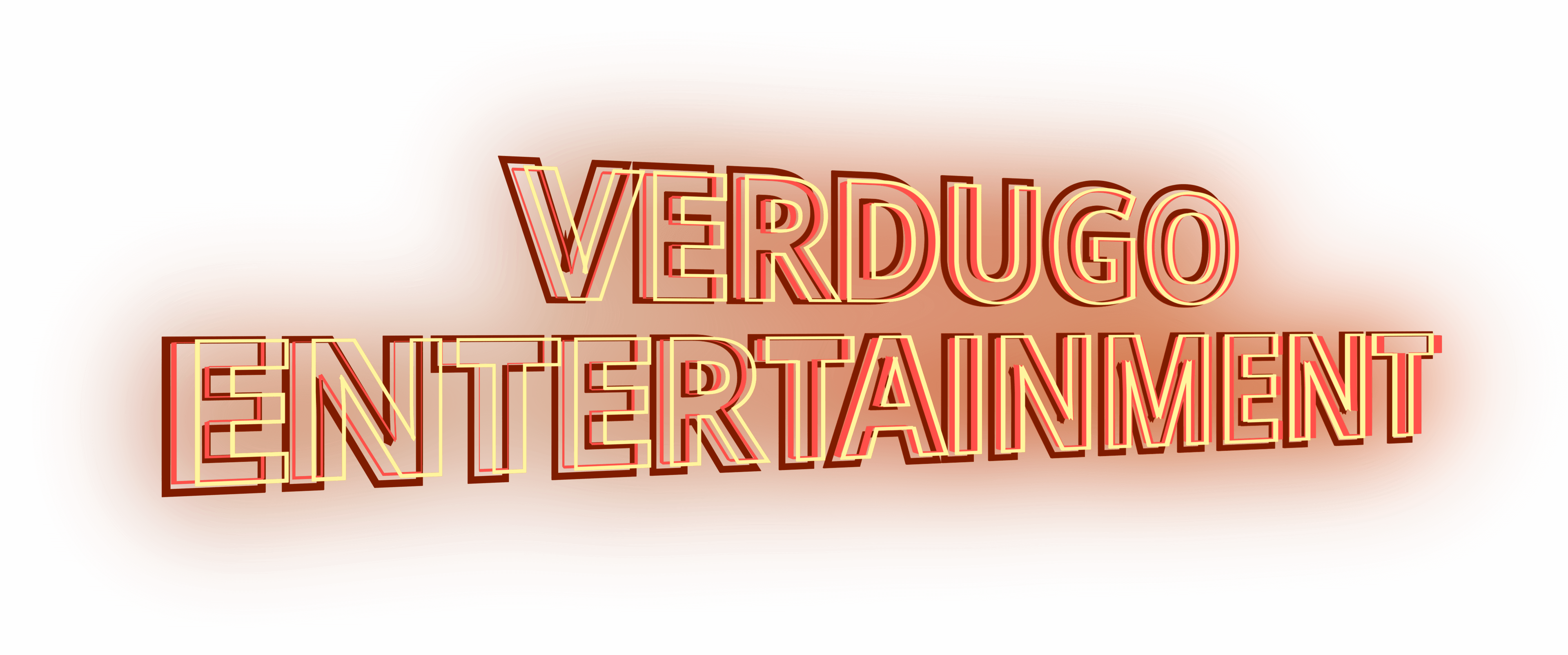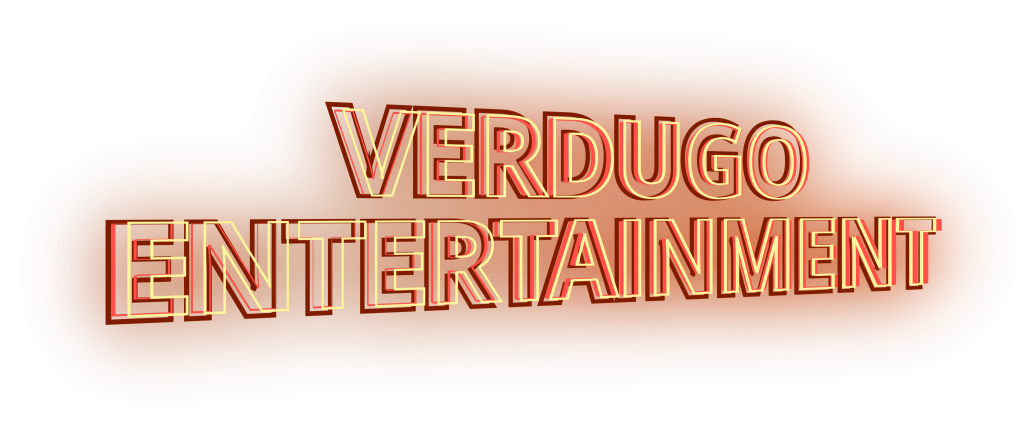synopsis
Roy is a ranch hand and a drifter. He takes a young man into his care and helps him to grow up.
The wandering old ranch hand Mackintosh takes care on a fatherly way for the young and homeless T.J. and he helps him to remain straight. Both find a job on the ranch of Jim Webster. Mackintosh proves his skills as a horse tamer and he wins the sympathy of Webster. Webster asks Mackintosh to hunt coyotes, as the area is unsafe because of them. When a murder takes place, Mackintosh is framed. This leads to dramatic events. Written by Robert
This film stands as a snapshot into the life of working ranches in Texas in the mid-70s. It strives to capture the everyday lives of everyday people in that community. From the ranch hands living in bunk houses and spending their free time carousing at bars to the women tending garden or hanging laundry on a line to dry, there is a sense of celebration of this quiet and uncelebrated life. A point is made to showcase some of the small towns in the area as well as their traditions (i.e. – the birthday party with the closeups of the barbecue and the particular foods everyone loads up on their plates). Though some may see this as a character study of Mackintosh himself, it is really a study of the culture in this part of the country. Mackintosh represents a man who does things “the right way”, something the 6666 ranch realizes it is lacking as shown by the boss gleefully referring to Mackintosh as a much needed “top hand”. In essence, he represents a particular element of the modern cowboy that has been lost or forgotten – the sense of working hard and being thankful for the breaks you get. It is this mindset that he helps instill in the young TJ, essentially passing it on to the next generation, to keep the values of the “old cowboy” alive. The very truck Mackintosh drives represents the broken spirit of the cowboy in this area that, like his rusty truck, is in dire need of repair.
The clash with the ranch hands at the 6666 is representative of the changing times which is a common motif in modern westerns. The “can do” mentality of the aged cowboy who believes he has the key of how to approach all things in life then crosses path with a different mode of thinking that contradicts everything he knew. This leads to eventual conflict, some of which is resolved, some not. Tommy Lee Jones’s Sheriff Bell, in “No Country For Old Men” is unable to comprehend a man like Javier Bardem’s Anton Chigurh (nor is most everyone else in that movie for that matter). Jeff Bridges Ranger Hamilton in “Hell or High Water” struggles with similar issues with Chris Pine’s Toby Howard and it is only in the end when they do finally understand each other albeit with veiled threats to help the other “find peace”.
It should be said, though, that this motif was, at times, represented in the proto westerns of the past – the drifter who comes into town, helping fix all that was wrong whether they realized it or not. While Clint Eastwood used a gun, Mackintosh showcases spirit and impressive bronco busting skills.
Mackintosh and TJ is not a film so much about plot, but more of a place and a time. It is a moving photo album of ranch life in the mid-1970s, both good and bad and a lone drifter helping show them how they have lost their way.
– Sean Lawrence, Colorist
Release Date
5 February 1976
Production Companies
Penland Productions
Filming Location
Texas, USA
director & Writer
Marvin J. Chomsky
Director
Paul Savage
Writer
CAST
Roy Rogers
Clay O'Brien
Joan Hackett
Billy Green Bush
| Directed by | Marvin J. Chomsky |
Associate Producer | David Garland |
Producer | Tim Penland |
Written By | Paul Savage |
Story (Uncredited) | Dick Dragonette |
Story (Uncredited) | Marshal Riggan |
Story (Uncredited) | Paul Savage |
| Music | Waylon Jennings |
| Cinematography | Terry K. Meade |
| Film Editing | Howard A. Smith |
| Art Direction | Allen E. Smith |
| Art Direction | Trevor Williams (uncredited) |
| Set Decoration | John McCarthy Jr. |
| Makeup Artist | Bob Westmoreland |
| Production Manager | Claude Binyon Jr. |
| First Assistant Director | Claude Binyon Jr. |
| Second Assistant Director | John M. Poer |
| Property Master | Terry Ballard |
| Movie Poster Artist (Uncredited) | Robert Tanenbaum |
| Sound Effects | Marvin Kerner |
| Recording Technician | Ron Treat |
| Boom Operator (Uncredited) | Chic Borland |
| Sound (Uncredited) | Arnold Braun |
| Chief Electrician | Alan Goldenhar |
| Key Grip | Harry Rez |
| Camera Operator | Roland ‘Ozzie’ Smith |
| Assistant Camera | Lance Williams |
| Best Boy (Uncredited) | Michael J. Bailey |
| Still Photographer (Uncredited) | Bob Berry |
| Assistant Camera (Uncredited) | Lou Noto |
| Operator (Uncredited) | Vincent Saizis |
| Dolly Grip (Uncredited) | Donald Schmitz |
| Location Casting | Shari Rhodes |
| Casting Supervisor | Bill Shepard |
| Costumer | Dennis Fill |
| Assistant Editor | Bud Clarke |
| Music Coordinator | Bob Clark |
| Music Editor | John Mick |
| Script Supervisor | Wallace C. Bennett |
Roy Rogers | Mackintosh |
Clay O’Brien | T.J. |
Joan Hackett | Maggie |
Billy Green Bush | Luke |
Andrew Robinson | Coley |
James Hampton | Cotton |
Luke Askew | Cal |
Dennis Fimple | Schuster |
Walter Barnes | Jim Webster |
Edith Atwater | Mrs. Webster |
Ted Gehring | Donkin |
Larry Mahan | Dan |
Dean Smith | Bent |
Ron Hay | Cory |
James N. Harrell | Doolen |
Desmond Dhooge | Bathrobe Man #1 |
Charles Seybert | Bathrobe Man #2 |
Linda Harmon | Amy (uncredited) |
Guich Koock | Sheriff Conley (uncredited) |
Dean Smith | Stunt double: Roy Rogers (uncredited) |
Autry Ward | Stunts (uncredited) |
Steve Ward | Stunts (uncredited) |
Troy Ward | Stunts (uncredited) |

